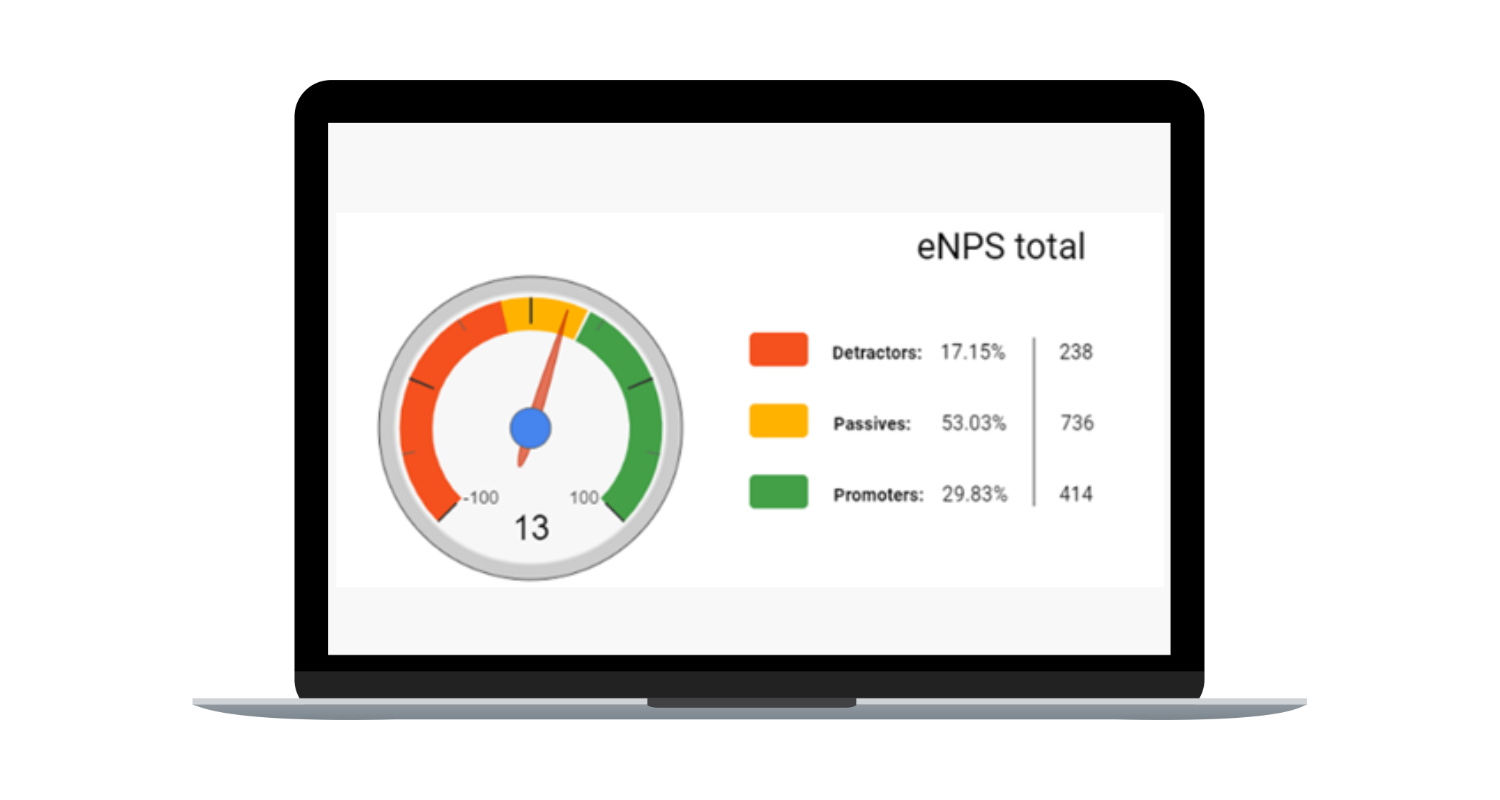Saying goodbye: how to create a successful offboarding process

By Robin van der Meulen | 10/01/2022
Just like your organization gains new talent from time to time, sometimes it’s time to say goodbye to an employee. This process can be long and complicated, and you might not know where to begin. That is why you need a strong offboarding process to ensure a smooth goodbye. Because your employees are an asset to your organization, even when they don’t work for you anymore.
Employee turnover is unavoidable, but you can create a nice offboarding experience for the employee. Every organization should focus on employee experience. To help a little bit in that aspect, 2DAYSMOOD has designed a step-by-step guide to create a smooth offboarding process.
It is important to part ways on good terms with the employees who decided to move on. The transition process can be awkward and can leave employees feeling dissatisfied, unimpressed or even disrespected by the experience.
A powerful offboarding process aims to help HR and managers to avoid mistakes in the employee's offboarding that might cost an organization its reputation. Remember - an employee is an asset to your organization even if they don’t work for you anymore. After they leave they can still be valuable supporters of your brand.
What is offboarding?
You are probably more familiar with the onboarding process - which is when an employee joins your organization and you introduce them to the team and the culture of the organization. From the other point of view, offboarding monitors the experience of smoothly disengaging the employee from their position within an organization.
What do you do when your employee resigns or you terminate the contract? The steps you take towards employees to ensure a smooth exit - that is your offboarding process.
A strong offboarding process should include:
- Minimal disruption within the company
- Protecting confidential organizational information
- Gaining helpful feedback from the exiting employee
- Including a gracious goodbye party
- Providing the departing employee with outplacement services, if necessary
What to think about with your offboarding process
We already tackled the importance of creating an offboarding process. But how can you adopt this process into your organization? It is crucial for both the employee and the organization to follow certain behaviors during the process.
Designing a formal process to transition employees out of your organization is vital for future recruitment, your organization’s reputation, and business performance. With the steps below, you can create an all-inclusive offboarding process.
STEP 1: Communicate to co-workers
Discuss with your employee how they would like to finalize their last working day. Provide them with all the information of the whole exit process and communicate what else the organization expects of them during the transition period. Describe the ending of benefit coverages such as health insurance, expense reimbursement, etc.
Ask them how they would like to inform their coworkers that they’re leaving. If your company culture is strong, they will have a good relationship with their coworkers. In that case, they might want to share it with their team themselves. In other cases, they might want assistance. The main goal is to have clear communication towards the team.
STEP 2: Prepare all the legal documents
Sometimes it’s important that the organization receives a letter of resignation. It benefits the organization’s applicant tracking system. Conduct a final review of the employees contract to ensure that everything is in order.
Also, don’t forget to prepare the compensation, benefits and tax documents before they depart. Confirm that the organization doesn’t owe the employee reimbursement for bonuses or paid time off. Communicate properly to prevent post-employment common errors, and discuss after-service advantages with ex-employees if there are any. Make sure you covered all the aspects.
STEP 3: Pay attention to transfer the expertise
Make sure that the knowledge that employee obtained within the organization is arranged and ready for the new hire or a colleague. For instance, if the employee was in contact with a client, forward all the necessary information to another coworker. Make sure the replacement has the experience that is needed for the position. Otherwise, create the necessary trainings and seminars in order to be fully prepared. This will help avoid any unnecessary stress being caused by the extra work.
However, don’t forget to notify the clients as well about who’s going to take over and be responsible for their account. Clients need to feel that the organization is organized and that their account will remain safe.
STEP 4: Claim company’s possessions
As you work on the other logistics of exit management, ensure to fully retrieve organizational property. Any organizations equipment needs to be returned before the departure. These assets include a laptop, keycard, ID badges, monitor, mobile phones, uniforms, keys, parking permits, cars, company’s credit card etc.
Also, don't forget to cancel any internal computer systems in order to prevent any violation regarding the company’s privacy. Change passwords to any organizational accounts the employee had access to. This action shows how seriously you take it to other employees as well. You also show how much you value the privacy of your organization and your team.
STEP 5: Hold an exit interview
When done correctly, an exit interview can give you good insights into your organization’s strengths and weaknesses. You will want to know the reasons that your employee has for leaving to see if there is any improvement possible. This way, you can prevent others from leaving for the same reasons. Conduct a short survey where you ask questions that range from “How long have you been considering leaving our company?” to “My direct [manager] supported and helped me when I asked for it”. Using a survey allows the employee to be completely honest and will provide you with useful information.
Do you want to do a quick and easy offboarding survey? Try our innovative, simple and fun survey tool!
The answers to these questions can be discussed during the exit interview. It’s important that during this conversation, you keep an honest, open and interested stance to make the employee feel comfortable. Let them know that nothing they say will get them in trouble and it’s purely a learning process for the organization. An open and honest conversation will get you twice as far!
STEP 6: Appreciation alert
The offboarding process can be confusing and tough, but don’t forget that at the end of the day you are dealing with another human being. That means it’s very important to show that you understand your employee’s opinions and needs when it comes to them leaving the organization. Seize the opportunity to learn more about the organization and its flaws and try to benefit from it.
Show your appreciation and gratefulness towards them and the value that they added to the organization. HR and managers can throw a farewell party and give them a personalized gift in order to send them off on a good note. This shows appreciation for the employee’s hard work and wishes them luck for their next step.
Make your last impression a great one by showing your employee how much you appreciate their contribution to the company during their tenure. Consider to write a thank you note or maybe send them a “farewell” card that has been signed from the team. Make the last moments count because at the end of the day, these employees will represent you after they leave.
Last step of your offboarding process: say goodbye
Goodbyes are never easy and especially when it comes to employees who are leaving the organization, a well-organized offboarding process is a must! What makes an offboarding process successful is putting time and effort into making the best out of it. Avoid the common mistakes that we discussed and make things stress and hassle free.
Always take into account the wellbeing of all employees, those leaving and those staying. The information that you gain through the offboarding process is very useful. Now, you can take your time and reflect on what the company might be lacking and how you can improve it.
Get started with the 2DAYSMOOD tool: a quick, easy and innovative measuring method. Request a free consultation now!
Want to know more?
Read more about this topic!
Prefer to spar with an expert? Request a free consultation about our employee survey or your issue!











Happy employees make happy customers
These (HR) managers use 2DAYSMOOD and make real impact!
How? Our measuring method is the renewed employee survey, because it’s faster, easier and science based. A continuous source of data with which you can improve your (team) culture step-by-step and increase employee happiness. In short, that is profitable for your organization!

Jan-Herman Hanskamp

Emma Sluman

Rita Blankenberg

Robin Gerritsen
Leading Organizations Work with 2DAYSMOOD



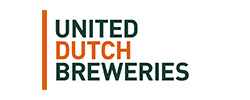


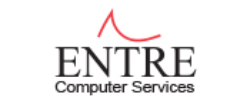
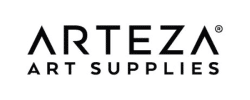

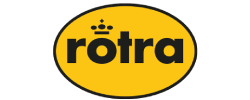

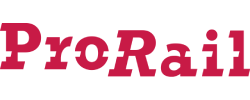

Get in touch for free advice, a demo or quick scan!
Always the employee survey that suits you.
Do you want to increase happiness in your teams? Collect feedback on a specific subject? Monitor stress in real-time? Or do you need a baseline survey to get insight in the drivers of your culture?
We are happy to help with your specific challenge, using:
- Our expertise, experience and energy!
- A demo of our tool (if you like)
- The opportunity to try it for free
- Or enjoy reading our brochure



